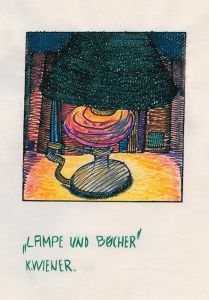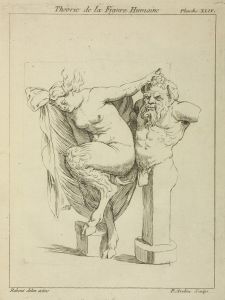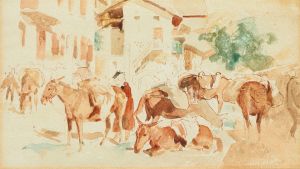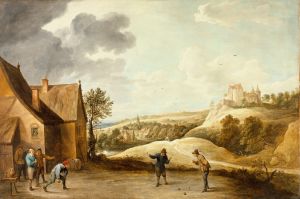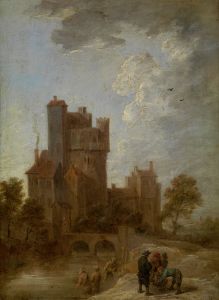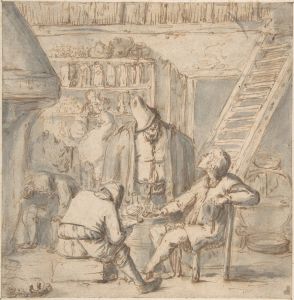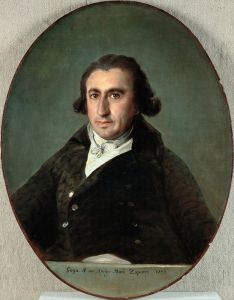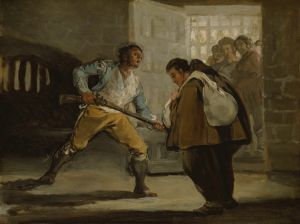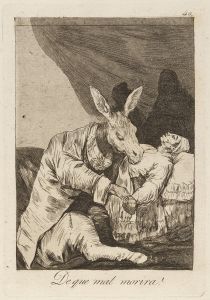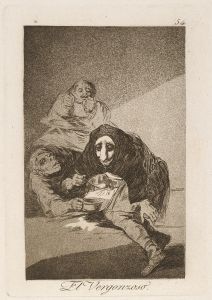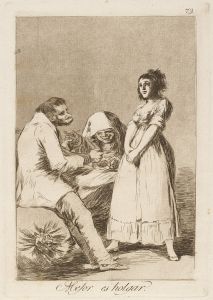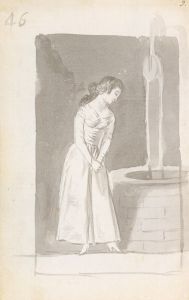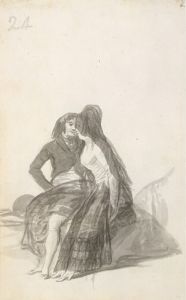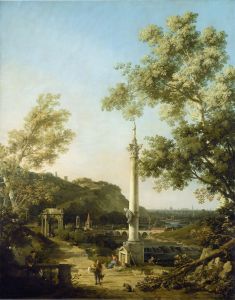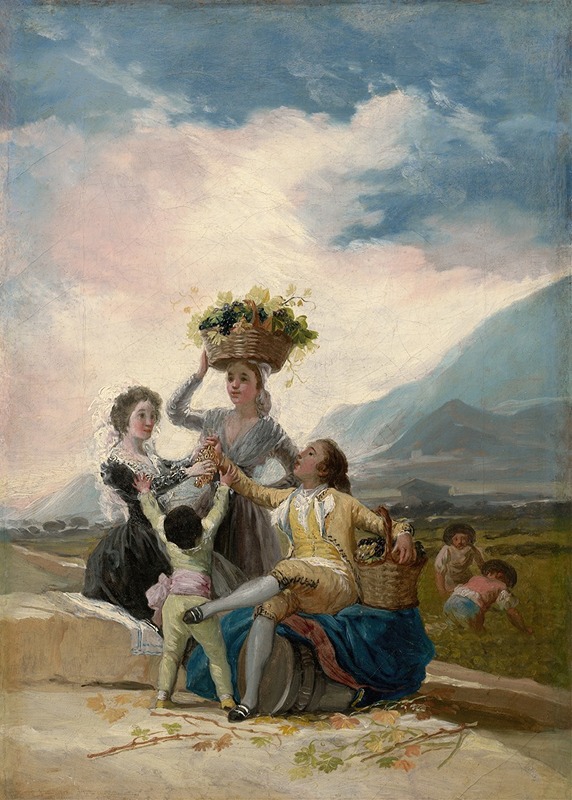
Autumn
A hand-painted replica of Francisco de Goya’s masterpiece Autumn, meticulously crafted by professional artists to capture the true essence of the original. Each piece is created with museum-quality canvas and rare mineral pigments, carefully painted by experienced artists with delicate brushstrokes and rich, layered colors to perfectly recreate the texture of the original artwork. Unlike machine-printed reproductions, this hand-painted version brings the painting to life, infused with the artist’s emotions and skill in every stroke. Whether for personal collection or home decoration, it instantly elevates the artistic atmosphere of any space.
Francisco de Goya's painting "Autumn," also known as "The Harvest" (Spanish: "La Vendimia"), is part of a series of works created as tapestry cartoons for the Royal Tapestry Factory of Santa Bárbara in Madrid. These cartoons were designed to serve as models for tapestries that would decorate the royal palaces of Spain. "Autumn" was completed in 1786 and is one of the seasonal-themed works commissioned by King Charles III of Spain.
The painting depicts a rural scene during the grape harvest, a common activity in Spain during the autumn season. In the foreground, a young man and woman are shown seated on the ground, with the man offering a cluster of grapes to the woman. Behind them, a third figure, an older man, carries a large basket of grapes on his back. The figures are dressed in traditional clothing, and the setting is a sunny, idyllic countryside with rolling hills and distant mountains.
Goya's work in this series reflects the Rococo style, which was popular at the time, characterized by its lighthearted themes, vibrant colors, and attention to detail. However, the painting also hints at Goya's emerging interest in realism and his ability to capture the nuances of human expression and interaction. The figures in "Autumn" are portrayed with a sense of naturalism and warmth, emphasizing the simplicity and joy of rural life.
The tapestry cartoons, including "Autumn," were intended to decorate the dining room of the Prince and Princess of Asturias (the future King Charles IV and Queen María Luisa) at the El Pardo Palace. Goya's work on these cartoons helped establish his reputation as a prominent artist in the Spanish court. While the original tapestry based on this cartoon is housed in the Royal Palace of Madrid, the painting itself is part of the collection of the Museo del Prado in Madrid, Spain.
"Autumn" is significant not only as a representation of Goya's early career but also as an example of how art was used to celebrate and idealize rural life in 18th-century Spain. The painting provides insight into the customs and traditions of the time while showcasing Goya's skill in composition, color, and storytelling.





